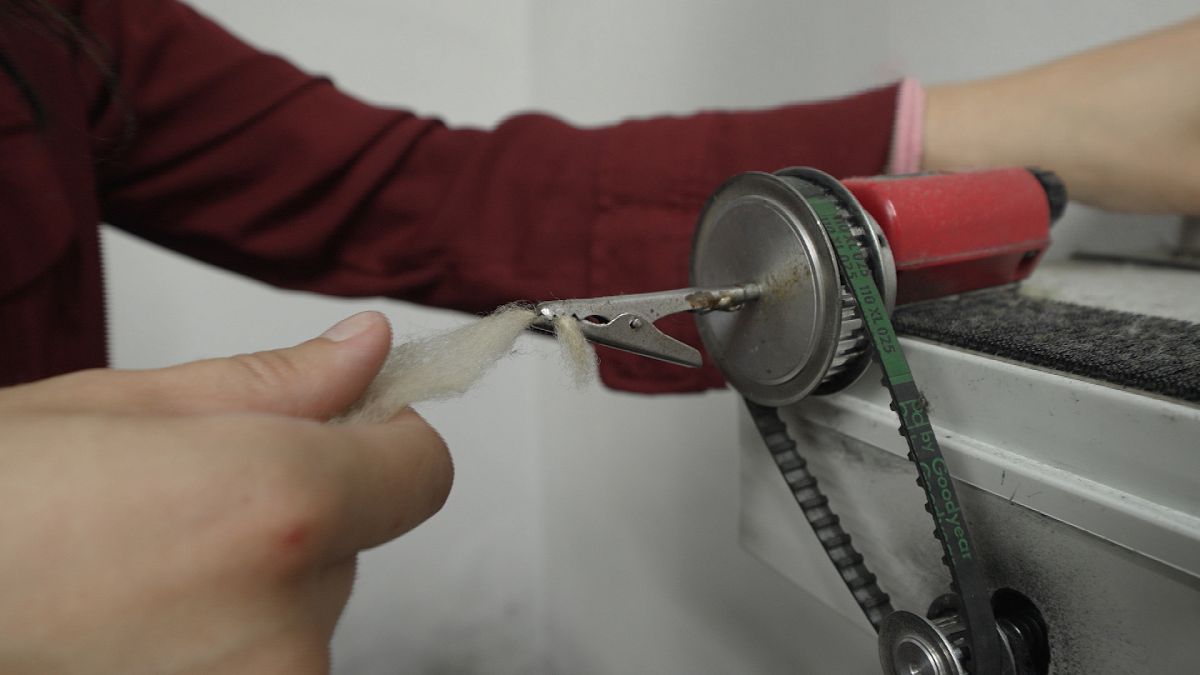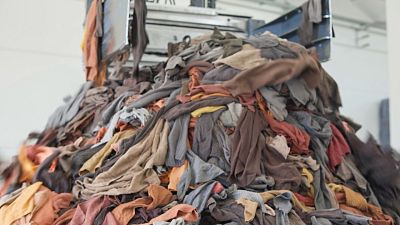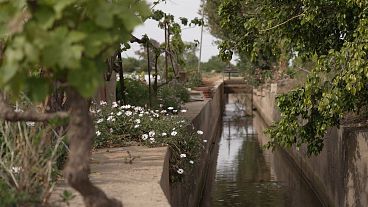Comistra is a well-known wool recycling company in Prato, Italy. To obtain the fibre it uses a method called mechanical recycling, which is deemed to be one of the most sustainable and energy-efficient methods of material extraction. But what is it, exactly?
The Italian company, Comistra, uses this method to recycle wool from used clothes. Established in 1920, it has been developing the practice for over a century and is well-placed to know the importance of recycling precious fibres. A tradition once born out of necessity, today it could help show the way to a more responsible way of producing our threads.
What is Mechanical Recycling?
The term ' Mechanical recycling' refers to a series of physical operations such as sorting, washing, drying, grinding, re-granulating and compounding, to recover plastic waste. This method does not touch the chemical composition of the material, which allows for the reuse/recycling of polymeric materials, creating a closed loop.
The Royal School of Chemistry in the UK says it is currently almost the sole form of recycling in Europe, representing more than 99% of the quantities recycled.
How does mechanical recycling work on regenerating wool?
Mechanical recycling and wool
Compared to the production of 'virgin' wool, Comistra says regenerated wool has a lower environmental impact, for two main reasons:
Firstly, unlike newly produced wool, regenerated wool does not need to be dyed. Recyclers can take advantage of the colour already present - which means more water is saved, less toxic chemicals from the treatment and dyeing process are used and less CO2 is produced.
Secondly, regenerated wool is more environmentally friendly because less land is sued. This is due to not needing to use hundreds of hectares of land for sheep farming.
The Comistra employees sort out the garments in the warehouse. Alice Tesi, head of marketing at Comistra, gives us the breakdown of what goes where.
"The textile materials are distributed as follows: Around 60% is destined for reuse, 35% for recycling, and 5% will go to the dump or will be thermo-valorised," she says.
After the garments are manually stripped and sorted by colour, it is then put through a machine known as a 'lavastraccia'.
The company describes the machine as having a "cylindrical channel in a closed cycle, where the old rags are dipped in water and then sent towards a series of cylinders of two different types: on the one hand, they have sharp edges, on the other hand, they have seals with saw teeth."
In this machine, the fibres are washed and frayed into a mass of wool fibres and are ready to become new yarn which will then be used to make new garments.





